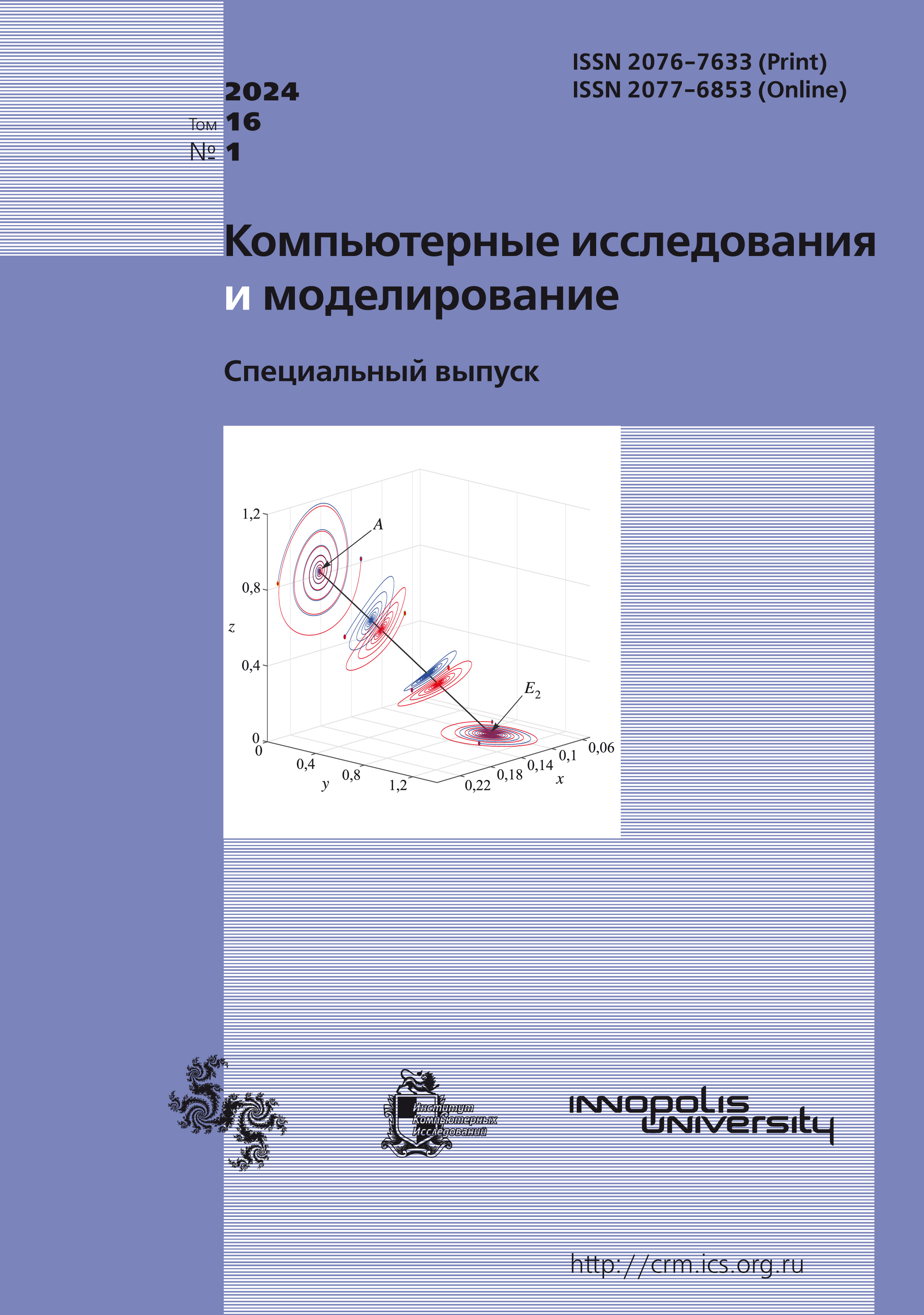All issues
- 2025 Vol. 17
- 2024 Vol. 16
- 2023 Vol. 15
- 2022 Vol. 14
- 2021 Vol. 13
- 2020 Vol. 12
- 2019 Vol. 11
- 2018 Vol. 10
- 2017 Vol. 9
- 2016 Vol. 8
- 2015 Vol. 7
- 2014 Vol. 6
- 2013 Vol. 5
- 2012 Vol. 4
- 2011 Vol. 3
- 2010 Vol. 2
- 2009 Vol. 1
Detecting Braess paradox in the stable dynamic model
 pdf (1728K)
pdf (1728K)
The work investigates the search for inefficient edges in the model of stable dynamics by Nestrov – de Palma (2003). For this purpose, we prove several general theorems about equilibrium properties, including the condition of equal costs for all used routes that can be extended to all paths involving edges from equilibrium routes. The study demonstrates that the standard problem formulation of finding edges whose removal reduces the cost of travel for all participants has no practical significance because the same edge can be both efficient and inefficient depending on the network’s load. In the work, we introduce the concept of an inefficient edge based on the sensitivity of total driver costs to the costs on the edge. The paper provides an algorithm for finding inefficient edges and presents the results of numerical experiments for the transportation network of the city of Anaheim.
Copyright © 2024 Dorn Y.V., Shitikov O.M.
Indexed in Scopus
Full-text version of the journal is also available on the web site of the scientific electronic library eLIBRARY.RU
The journal is included in the Russian Science Citation Index
The journal is included in the RSCI
International Interdisciplinary Conference "Mathematics. Computing. Education"






